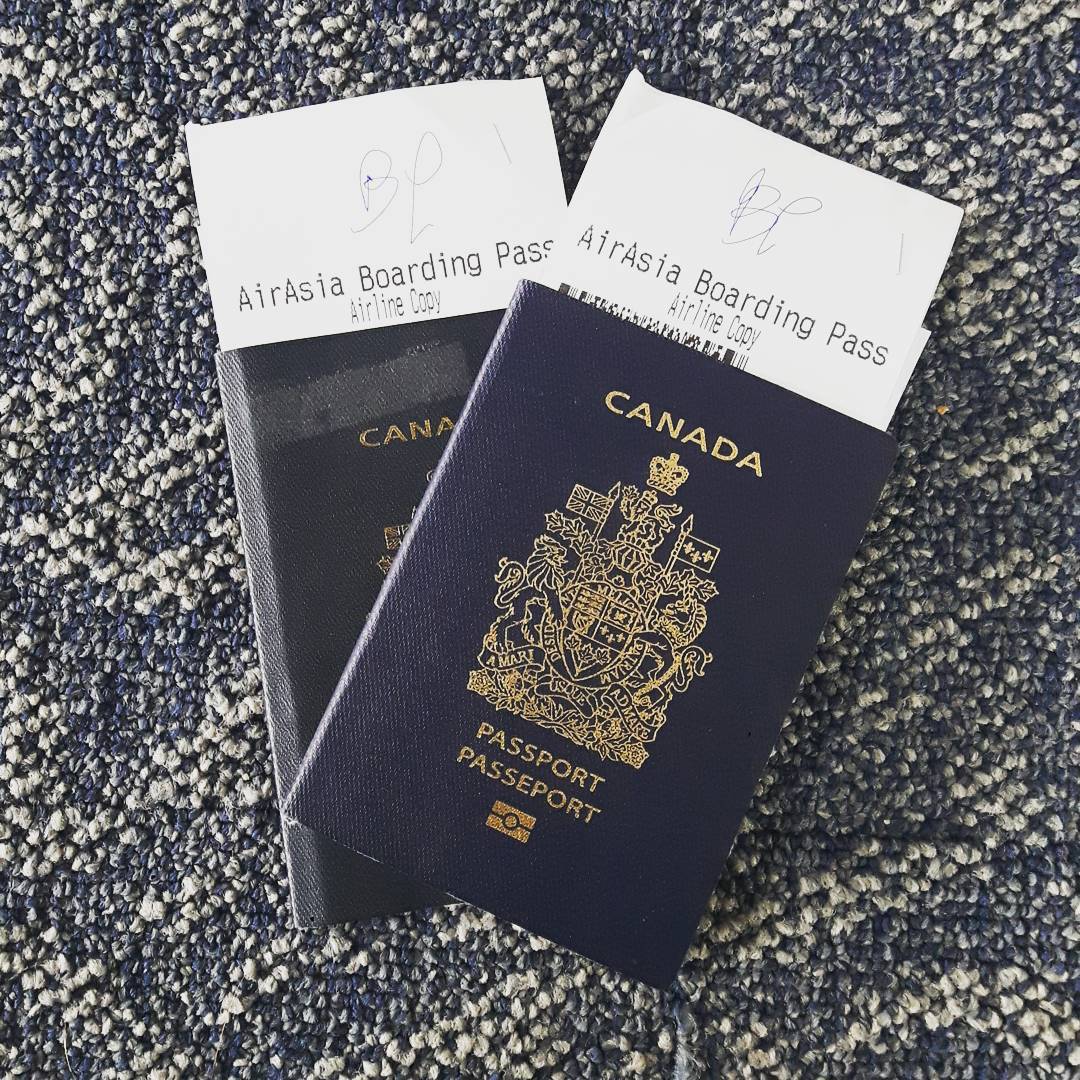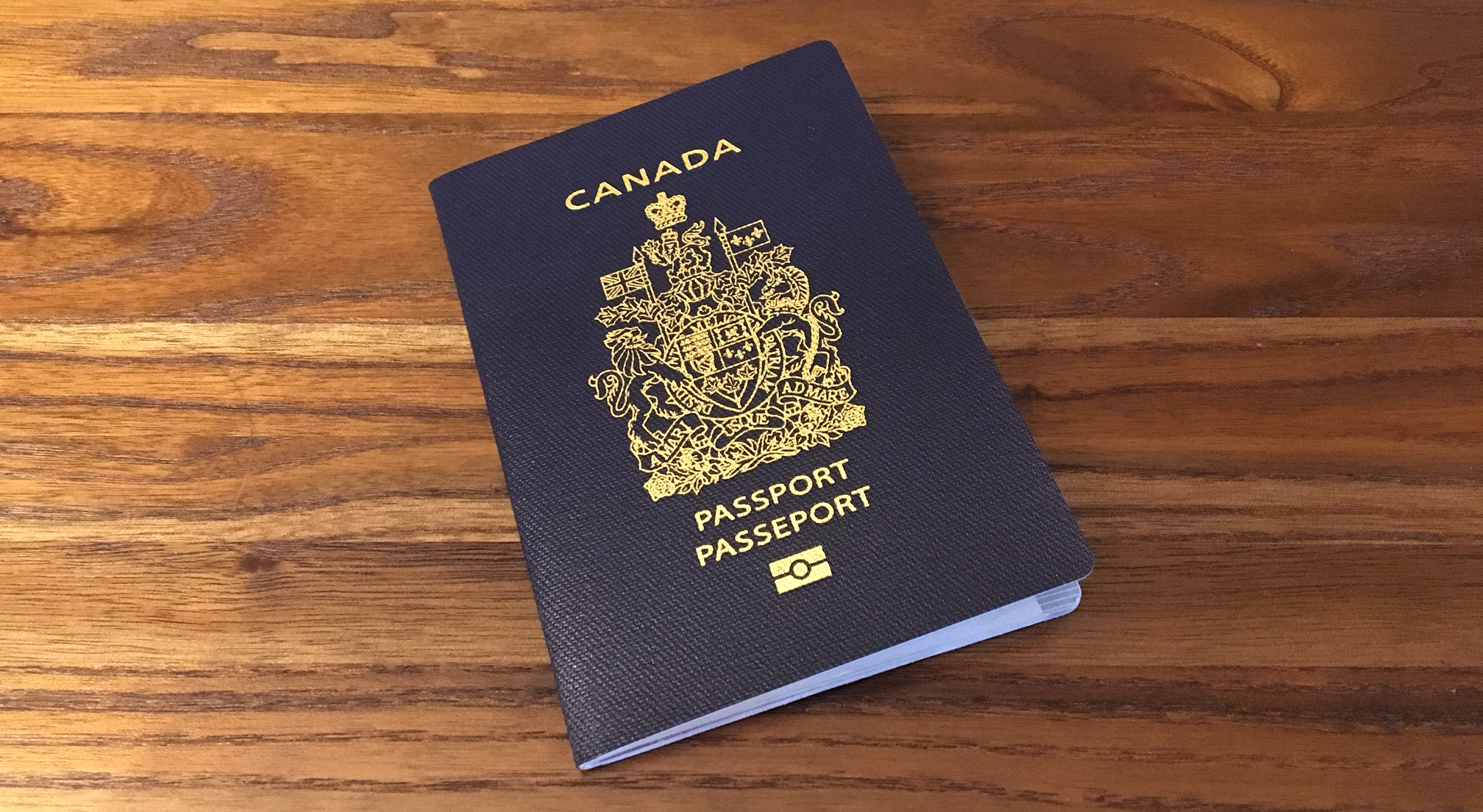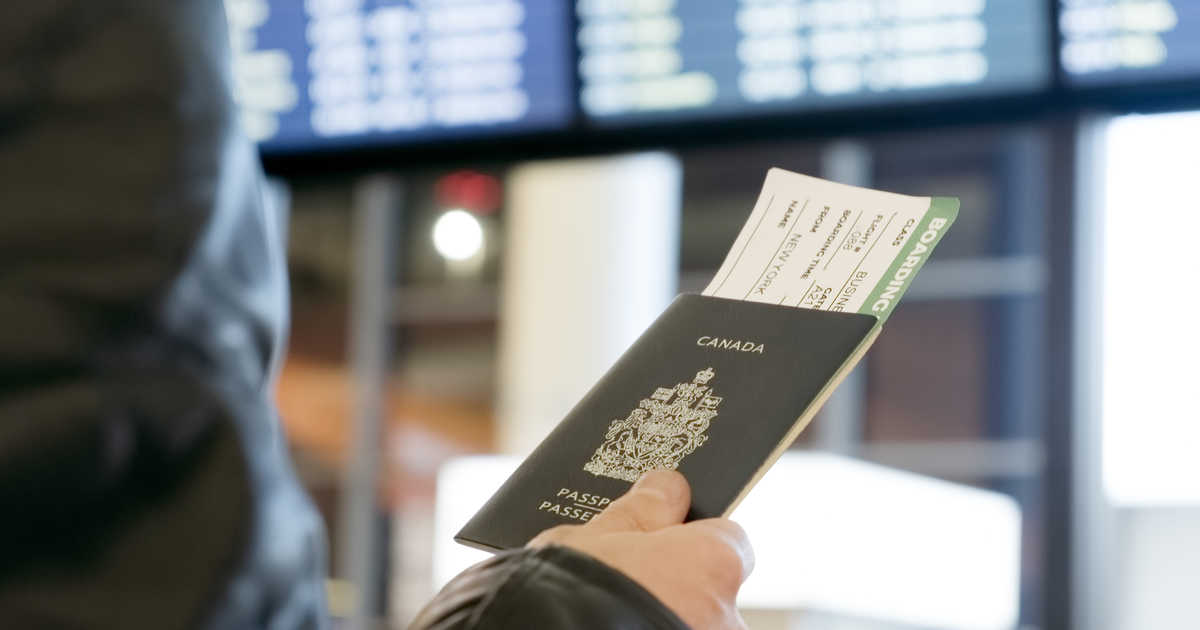You’re eagerly anticipating your upcoming trip to Vietnam, mapping out your dream itinerary from the bustling streets of Hanoi to the ancient charm of Hoi An. But as you start …

Thousands of Canadians were denied entry to Vietnam last year due to small mistakes in their visa application. Don’t let that be you in 2025. Whether you’re applying online or through the embassy, here’s what you must know to get your Vietnam visa approved — fast and hassle-free.
The year 2025 has brought significant changes to Vietnam’s visa policies, especially for Canadian travelers. One of the most notable updates is the expansion of the e-visa system. As of January 2025, Canadians are eligible for both single-entry and multiple-entry e-visas with durations of up to 90 days. This is a major improvement from the previous 30-day single-entry limitation.
Additionally, Vietnam has streamlined its visa approval system to reduce wait times. Many applicants can now receive their e-visas within two to three business days under standard processing or even faster with urgent services. However, the process is not without its challenges, particularly due to technical issues and increased fraud risks.
Another key update is the crackdown on fake visa agents and unofficial websites. The Vietnamese government has warned foreign travelers, including Canadians, to avoid third-party services that are not authorized or do not provide clear refund policies. Travelers are strongly advised to use reputable platforms for any visa-related transactions.
If you’re planning a trip to Vietnam in 2025, these changes are largely positive — but only if you’re informed and cautious throughout your application process.

Despite the simplified process, Canadians still frequently make mistakes that result in visa delays or outright denials. The most common error is entering incorrect personal information on the application form. Even a single-digit mistake in your passport number or a typo in your full name can render your visa invalid.
Another major issue is using outdated passport photos or photos that do not meet the required specifications. Vietnam’s system demands a recent, passport-style photo with a clear background and visible facial features. Submitting the wrong image format often leads to rejected applications.
Timing is also critical. Many travelers wait until the last minute to apply, assuming the process is instantaneous. While urgent services exist, they are not always foolproof, especially during peak travel seasons or holidays.
One commonly overlooked mistake is applying through fraudulent websites. Many unofficial visa sites appear professional but are not affiliated with the Vietnamese government. These sites may charge inflated fees or worse — steal your personal information.
Lastly, some applicants fail to read the visa conditions, such as the entry and exit dates, entry ports, or number of allowed entries. Violating any of these terms can lead to refusal at the border, no matter how valid your visa appears on paper.

While the e-visa system is designed to be fast and user-friendly, several Canadians have reported frustrating glitches in the process. Some applicants never received confirmation emails after submitting their forms. Others were issued visas with incorrect details that had to be manually corrected, causing costly delays.
There have also been technical downtimes on the official e-visa platform, especially during peak periods. Applicants who submitted forms during these windows sometimes had to reapply entirely — doubling their effort and stress.
The embassy route, though more traditional, is not immune to problems either. Canadians applying through the Vietnamese Embassy in Ottawa or the consulate in Vancouver have experienced long processing times, lack of clear instructions, and difficulty reaching staff for support. Unlike online systems that provide real-time status updates, the embassy process often leaves applicants in the dark.
Travel forums and social media are filled with first-hand accounts of travelers who were stranded at the airport or forced to change travel plans due to unexpected visa issues. These stories serve as a reminder that even small glitches can have major consequences.
Start by applying early. Even though urgent services are available, applying at least 7–10 days before your departure gives you time to correct any potential issues. Don’t assume you’ll be the exception.
Double-check every detail in your application. This includes your name, birth date, passport number, intended travel dates, and arrival airport. A single mismatch between your visa and your passport can cause rejection at the border.
Prepare your documents in advance. Make sure your passport is valid for at least six months beyond your arrival date. Use a high-quality photo that meets passport standards — recent, clear, and with a plain background.
Always use a reputable platform. Services like Vietnam Visa Services have years of experience handling applications for Canadians. Their support team reviews your documents before submission, minimizing the chance of error and providing real-time status updates.
Lastly, keep a printed copy of your e-visa with you during your trip. While digital copies are acceptable in some cases, many immigration officers still request a physical printout for verification.

One of the safest and most efficient ways to secure your Vietnam visa is through a reliable service provider. Vietnam Visa Services has assisted thousands of Canadians with fast, professional, and guaranteed visa approvals.
Their process is straightforward. You fill out a simple online form, upload your documents, and wait for the approval email. No visits to the embassy. No confusion. No wasted time. Best of all, their services come with a 100% money-back guarantee if your visa is not approved on time — a level of assurance few others can match.
By using a trusted platform, you eliminate the guesswork and gain peace of mind, knowing that experts are reviewing your application and guiding you through the process.
Before clicking submit on your visa application, take a moment to go through this checklist:
Ensure your passport is valid for at least six months from your planned date of entry.
Double-check your name, passport number, and date of birth for typos.
Verify your entry port and entry date — they must match your actual travel plan.
Make sure your photo meets the proper standards: recent, passport-style, no shadows or filters.
Confirm you’re using a secure, verified website — ideally one like Vietnam Visa Services.
Print a physical copy of your approved visa to carry with you.
If you’ve done all of the above, you’re ready to submit — and more importantly, ready to enjoy Vietnam stress-free.

You’re eagerly anticipating your upcoming trip to Vietnam, mapping out your dream itinerary from the bustling streets of Hanoi to the ancient charm of Hoi An. But as you start …

Are you a Canadian citizen planning to visit Vietnam? Before you book your flight or finalize your travel plans, it’s crucial to understand how the Vietnam e-visa process works — …

Back in March, one of our Canadian clients nearly missed their flight to Hanoi due to a simple—but costly—mistake: they entered the wrong passport number while applying for their Vietnam …

